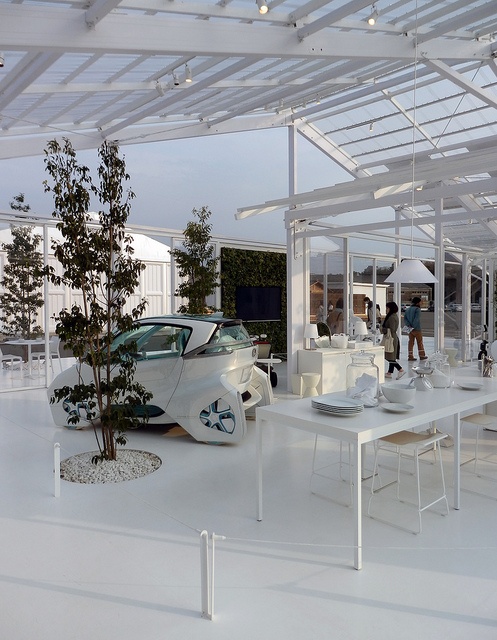Exercise 3: Energy Flows in Japan
FC-02x Livable Future Cities (1st Run) - Compulsory Exercise 3

Uploaded on 2015-10-30 by MarcusCap
**What are the dominant fossil fuels used in Japan?** According to the Sankey diagram above, the main fossil fuels used in Japan are, in order of use: oil products, natural gas and coal. Oil products alone represent more that half of Japan’s energy consumption. **What are the dominant fossil fuels used for in Japan?** Energy consumption for industry and transport are roughly equal, and they are preceded by energy consumed for “other” uses, mainly represented by commerce & public services and residential. **New environmental policy** A two-fold strategy is advisable. On the one hand, the energy mix should be remodeled (i.e. reducing the percentage of fossil fuels used), and on the other hand energy-consuming devices (e.g. cars and appliances) should gain efficiency and, consequently, reduce the overall energy supply. Japan should increase the current negligible amount of renewable resources, especially fostering research and implementation of geothermal energy production. There are surely technical limitations to the exploitation of such renewable resource, but this Country has great geothermal potential, given its natural characteristics. The strong high-tech industry and academia in Japan could be financed through incentives in order to redirect more research to geothermal technologies. Japan could, as a transitional measure, reduce its oil consumption in favor of natural gas consumption. Natural gas, in fact, while being a fossil fuel and a finite resource, it releases one quarter of CO2 into the atmosphere compared to oil. When considering the energy consumption by sector, road transportation is the single largest consumer. From this point of view, the efficiency of cars and trucks has room for improvement, thus reducing oil consumption and CO2 emissions. The building sector and buildings` energetic performances have great room for improvement, even though this requires relevant costs and investments from both the public and the private sector. Household appliances, on the other hand, are already reaching their efficiency limit (e.g. refrigerators, light-bulbs). ![Energy efficient prototype house with electric car prototype at House Vision Exhibition in Tokyo, 2013][2] [1]: https://edxuploads.s3.amazonaws.com/14461941136180255.png [2]: https://edxuploads.s3.amazonaws.com/14461941994165465.jpg